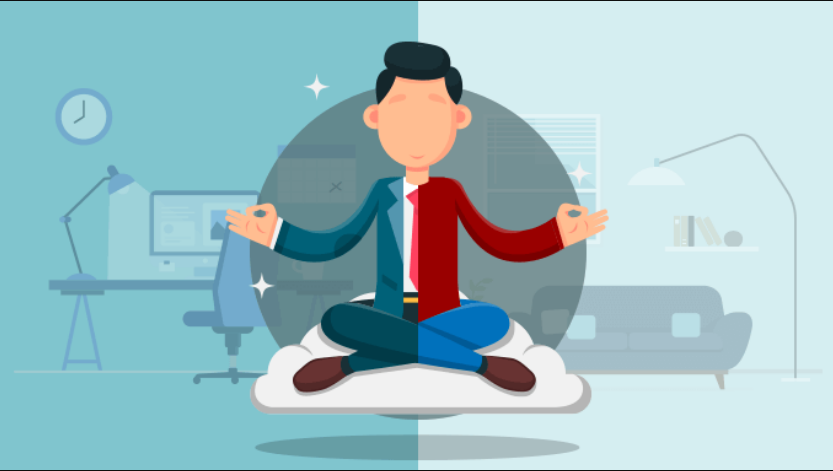5 Medical advantages of Workmanship

The profound mental and physical effects of art We frequently ponder the purpose of art. How could anybody need to spend their well deserved cash at an exhibition hall or a worry? We must have evolved to appreciate art for some reason. Various examinations have shown that effectively being inventive has various medical advantages and by and large works on individuals’ personal satisfaction. In point of fact, there is evidence to suggest that the strongest communities are those that give their local artists support. It is essential to our well-being to participate in art, whether it is visual art, music, dance, or another form. The following are five positive effects craftsmanship has on our daily existences:
1. Stress Help
Consistently stress is ordinary, however it means a lot to enjoy some time off every so often to keep a bustling timetable from transforming into persistent pressure which can adversely affect your wellbeing. Incorporating art into your day is a great way to break up your routine. Even a brief ten-minute break every day can help you feel less stressed overall, according to research. Being continually assaulted with data can wear on your psychological and actual wellbeing. Instead, set aside some time to create something.
2. Improve Cognitive Function and Prevent Alzheimer’s Disease Over the past few decades, brain science has advanced at an exponential rate. The idea of neuroplasticity—the brain’s capacity to reshape itself and create new neuron connections as we absorb new information—was one fascinating new discovery. Creative thinking is one of the best ways to increase neuroplasticity, and practicing an instrument, painting a picture, or learning a new dance move are all great ways to do so. It has been demonstrated that neuroplasticity actively prevents the degeneration of brain cells that leads to cognitive diseases like Alzheimer’s and dementia. It might likewise be conceivable that innovative reasoning and craftsmanship treatment can switch the ways of behaving of PTSD and bipolar patients.
3. Boost Your Mood We all feel proud when we create something that is uniquely ours. Dopamine and serotonin are two happy chemicals that are released when art is created. Anxiety and depression are two symptoms of a number of mental illnesses that are caused by an irregular level of these essential brain chemicals. Art therapy has shown remarkable improvements in behavior and mood. For instance, this study demonstrated that, in comparison to other forms of conventional therapy, art therapy was more effective at reducing depressive symptoms in prisoners.
4. Physical Therapy A growing number of professionals are beginning to recognize the advantages of art in medicine. People used to think of art as a form of alternative medicine; however, more and more people are realizing that there is actual, scientific evidence to support its efficacy. Doctors report widespread reductions in a wide range of symptoms, including pain, anxiety, and discomfort, when art is incorporated into rehabilitation programs for injuries, addiction, and physical recovery.
5. Enhance Cancer Treatment A study on mindfulness-based art therapy revealed improved vital signs and significantly reduced distress in cancer patients. Similar results have been found in other studies, with chemotherapy reducing fatigue and depression in cancer patients. The majority of us are aware of the devastating effects of cancer and its crippling treatments. A patient’s quality of life can greatly improve through group art therapy, which can have a significant impact on treatment.
“Art removes the dust of everyday life from the soul.”
– The work of Pablo Picasso has a real and measurable effect on people’s lives. Integrating it into medicines and treatment is an incredible method for lessening side effects and come by sure outcomes. It brings a break from our day-to-day routine, boosts our happiness, and reduces stress.



